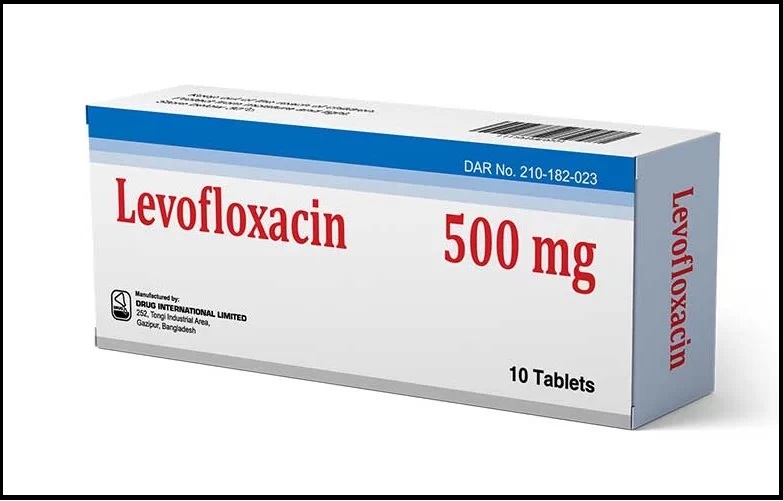April 19, 2024 11:19 PM MDT
Introduction:
Skin and soft tissue infections (SSTIs) encompass a broad spectrum of ailments ranging from simple superficial infections to severe necrotizing fasciitis. Among the various treatment options available, levofloxacin, a fluoroquinolone antibiotic, has emerged as a commonly prescribed medication due to its broad spectrum of activity and favorable pharmacokinetic profile. In this forum, let's delve deeper into the use of levofloxacin 500mg in the management of SSTIs.
Understanding Levofloxacin:
Levofloxacin, a third-generation fluoroquinolone, exhibits potent bactericidal activity against a wide range of Gram-positive and Gram-negative organisms, including Staphylococcus aureus, Streptococcus pyogenes, Escherichia coli, and Pseudomonas aeruginosa. Its mechanism of action involves inhibition of bacterial DNA gyrase and topoisomerase IV enzymes, thereby disrupting DNA replication and transcription.
Clinical Efficacy in SSTIs:
The efficacy of levofloxacin in treating SSTIs has been demonstrated in numerous clinical studies. Its broad spectrum of activity makes it particularly useful in empiric therapy, where the causative organism may not be definitively identified at the outset. Levofloxacin's ability to penetrate deep tissues and achieve high concentrations at the site of infection further enhances its efficacy against both superficial and deep-seated infections.
Dosage and Administration:
Levofloxacin is typically administered orally in a dosage of 500mg once daily for 7-14 days, depending on the severity of the infection and the patient's clinical response. In cases of severe infections or when oral therapy is not feasible, intravenous levofloxacin may be administered initially, followed by a switch to oral therapy once the patient's condition improves.
Safety Profile and Considerations:
While generally well-tolerated, levofloxacin is associated with certain safety concerns, including tendon rupture, peripheral neuropathy, and QT interval prolongation. Therefore, it should be used with caution in patients with predisposing factors such as advanced age, concurrent corticosteroid therapy, or a history of tendon disorders. Additionally, due to the risk of Clostridium difficile-associated diarrhea, levofloxacin should be prescribed judiciously, and its use should be reserved for cases where alternative antibiotics are not suitable.
Conclusion:
levofloxacin 500mg represents a valuable therapeutic option in the management of SSTIs, offering broad-spectrum coverage, convenient dosing, and favorable tissue penetration. However, its use should be guided by careful consideration of the patient's clinical presentation, antimicrobial susceptibility patterns, and potential safety concerns. By leveraging the benefits of levofloxacin judiciously, healthcare providers can effectively combat SSTIs while minimizing the risk of adverse effects.
